AVATAR
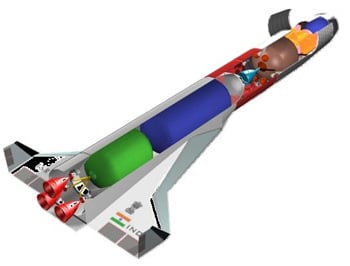
Skylon
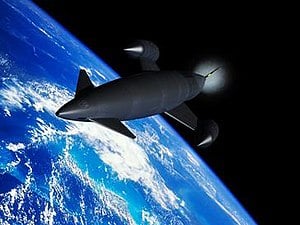
X-37
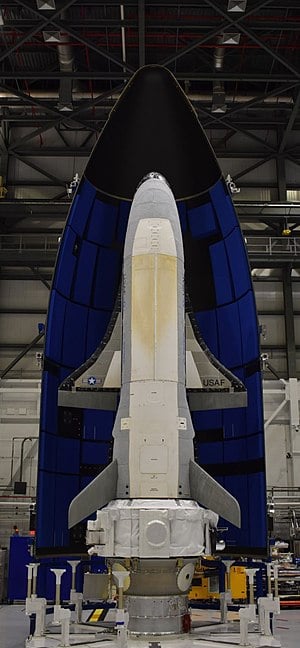
X-30
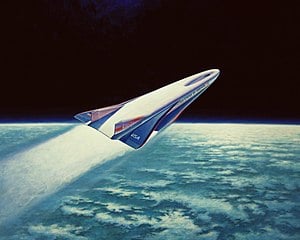
Venture Star
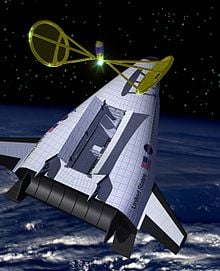
The failure during a test of the X-33’s complex, multi-lobe composite-structure cryogenic hydrogen tank was one of the main reasons for the cancellation of both the X-33 and the VentureStar. Ultimately, the VentureStar program required too many technical advances at too high a cost to be viable.
The X-30 program was terminated amid budget cuts and technical concerns in 1993.
Getting into orbit requires two things: getting to at least 250-300km height and achieving about 7.8km/s speed.
For obvious reasons - you can’t get to 7.8km/s while in the atmosphere - most of this acceleration happens outside of the atmosphere.
Not only you have to achieve this enormous speed, you also have to do it fast - otherwise you fall back to the ground.
The only two engines that we know that can do this is the classical old chemical rocket engine and a nuclear explosion.
This means that all other brilliant ideas for getting into space - balloons, plane launched rockets, etc, don’t gain almost anything. They can eventually allow for cheaper sub-orbital flight - allowing the average person to experience an orbit-like sensation. When it comes to a real orbital flight, they add a huge amount of complexity without gaining almost anything. You save the first 0.5km/s from the 7.8km/s acceleration.
Nuclear used to be on the table in the 60s but then people realized what they had done with their high altitude atmospheric testing and it got banned.
SABRE can get you to 1.5km/s out of the 7.8km/s. It is not as insignificant as it can appear, since the first 1.5km/s are the most expensive and besides they will allow you to optimize your nozzle for the higher atmosphere - the optimal nozzle size depends on the ambient pressure - so if you can start higher, you can have a better nozzle.
SSTO is just too darn hard because of the physics involved.
To get into orbit you need about 9000 m/s of delta v. Assuming you can use an engine like the RS-25 and average an Isp of 440 over the whole launch, that means that your vehicle at launch needs to be 88% fuel, and 12% for the rest.
That 12% needs to cover your tanks - which will be big because LH2 tanks are always big - your engines, your airframe, your wings, reaction control system, aerodynamic control system, thermal protection system, etc. And any payload that you want.
That gives you very tiny margins, and every pound that your vehicle gains during development is one pound that goes away from payload.
Just to take a ridiculous example - we’ll take the shuttle and assume we can attach an external tank to it and somehow bring them both back without any extra TPS and without bigger wings and other systems.
The shuttle orbiter weighted about 110,000 kg with 26,000 kg payload. The external tank weighed about 27,000 kg, so the total empty weight is 137,000 kg
The full weight was 760,000 kg (tank) + 110,000 kg = 870,000
That gives us a delta v of about 8000 m/s - not enough to get to orbit.
SSTO is just too darn hard.
Still, even if they manage to get it to work, which is still not the case, do not expect a revolution. It will probably reduce the weight of the launch fuel a lot, but it will be at the expense of complexity. It won’t have the necessary TWR to launch vertically - it will launch like a plane and it will need wings that will be useless 5 minutes later and will probably have to be jettisoned.
So…Is it worth it?
Staging is great for efficiency, and with concepts like Starship ( fully re-usable staging rocket) you achieve maximum efficiency. SSTO in itself is a worthless goal unless it’s economically feasible.
this guy doesn’t know anything. my uncle works for NASA and he said it is possible.
What this guy doesn’t mention, though, is that his uncle works in the cafeteria at NASA.
Possibly. What’s especially needed are better materials that can keep withstanding both a start/boost and atmospheric re-entry with little maintenance. Maybe with such super materials you can also build engines that are more effective and possibly transfom between modes, such as from turbojet to ramjet to rocket or hydrogen propulsions.
Seems like something quite a few decades off at least, and not super practical in general. The requirements for aircraft and space craft just go against each other, even moreso than with a plane and submarine.
The space ship will be the one I designed as a kid with Legos
Reusable boosters have basically replaced that concept.
what about single person spacecraft?
Do you think space planes will ever be a reality?
The Space Shuttle, Buran, X-37, and CCSHQ have all flown, so space planes are definitely a reality in the literal sense.
Will space planes be an economical design for transporting large quantities of cargo and crew to low Earth orbit? Maybe.
Dream Chaser is scheduled to launch sometime next year. It will be interesting to see how a modern space plane design stacks up against against traditional capsule designs (Soyuz, Dragon, and Starliner) and also to more innovative designs like Starship and SUSIE. The real test will be whether Dream Chaser can expand its market beyond the initial six CRS missions for NASA.
there are some recent developments (https://www.radianaerospace.com/ , https://www.polaris-raumflugzeuge.de/Technology/Light-Spaceplane-AURORA , https://en.wikipedia.org/wiki/Skylon_(spacecraft) ) i hope they become realities soon.
iRL the closest we have of a society of mad scientists ( mad, I tell you! ) is the Exotic Propulsion Initiative where physicists so inclined to look for new ways to travel propose their ideas for critique, since we actually would love to find a way to fly that doesn’t involve burning long fucktonnes of fuel.
Until we find something (and not all ideas are completely outrageous, we have two alternatives we’re working on to get stuff into space (from there , fuel use becomes significantly more efficient.)
One is the space elevator, and this is the more popular idea from Hollywood’s perspective. It’s a lot easier to climb a thing than rocket a thing.
Before the space elevator, we’re considering a launch loop, or Lofstrom loop, essentially a running cable to which freight and passenger cars can be attached to get dragged up into high orbit.
So we may go through a period where we use such structures as a bridging mechanism to near space before we develop space planes.





